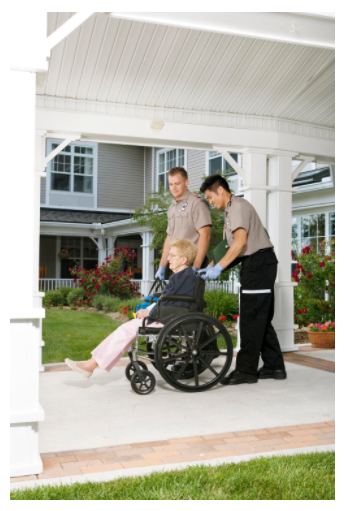New TCRP Handbook to Coordinate NEMT with Public Transit in Rural Areas, USA, 2020
5 minutes Date Launched: Jan 1, 2018 Dates given are approximate. Pilot Project Timeframe: This report was released in 2018.

Summary
The method of travel for qualifying low-income individuals or families that need to travel to medical appointments but live in a small rural town and do not own a car is to arrange transportation through the Medicaid non-emergency medical transportation (NEMT) program. For a remote area, this can often be a time consuming process involving multiple phone calls to different providers. Though rural public transportation services do operate in these areas, the coordination between them and NEMT is currently a challenge. This results in frequently dispatching privately owned transportation providers for people living in these rural areas. This concerns those in the public transportation and mobility management fields as it leads to less coordination, more service duplication and a loss of revenue for public transportation providers. A Transit Cooperative Research Program (TCRP) project led by the Texas A&M Transportation Institute looked into this process and created a handbook based on their findings, outlining strategies for a more coordinated process between NEMT brokers and rural public transportation agencies. The handbook includes seven in-depth state case studies from state Medicaid agencies, brokers, public transit agencies and human services transportation providers, as well as advocates for Medicaid beneficiaries. The report found that the common priorities for NEMT and public transportation stakeholders is improving health outcomes, providing better quality service, and lowering the cost of transportation services. Rural public transportation providers that already serve rural areas offer a reliable, cost-effective and efficient solution for these areas. The handbook offers a great background of Medicaid and why NEMT is important to the program and its current models and trends. It ends with understanding what the common desired outcomes between the different stakeholders are and strategies that could be used to achieve these common goals.
An electronic version of the handbook can be found here.